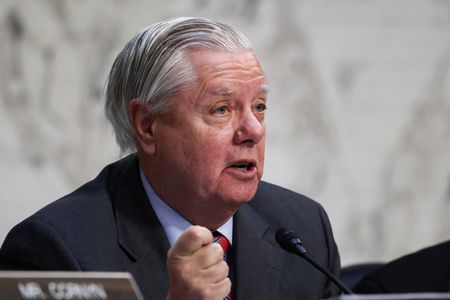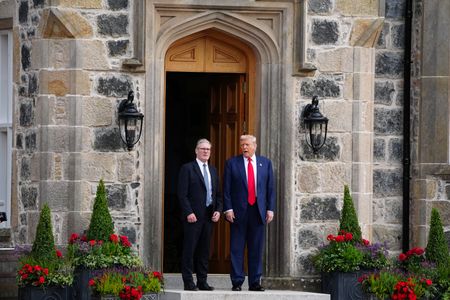By Sarah Young
LONDON (Reuters) – Thames Water, Britain’s biggest water supplier with 16 million customers, secured a 3 billion pound debt lifeline on Tuesday, warding off nationalisation and giving it time to sort out its finances, boosting its chances of survival.
HISTORY
Britain’s water and sewerage industry was privatised in 1989 by Margaret Thatcher’s Conservative government. After a spell as a listed company, Thames Water was bought by German utility RWE in 2001 and then Australian financial services group Macquarie five years later.
During Macquarie’s ownership from 2006 to 2017, Thames paid its investors dividends of 2.7 billion pounds while its debt tripled to almost 11 billion pounds, a period many commentators now blame for the unravelling of the company’s finances.
HOW DID IT GET TO THE BRINK?
Thames Water’s owners, a group of financial investors including Canadian and British pension funds and Abu Dhabi and China-based groups, called it “uninvestible” in March 2024, blaming the regulatory regime for low prices and heavy fines.
With its gearing at 84% and a high proportion of index-linked debt at a time when inflation touched 11% in late 2023, Thames Water investors refused to put in more cash, leaving the company’s finances teetering on the brink.
Operating in a regulated market, Thames Water, which serves customers in London and surrounding areas, was unable to raise prices to help stabilise its finances.
To save it from collapse, a group of Thames Water creditors holding 12 billion pounds of senior debt, stepped forward in October to offer a fresh 3 billion pound loan, which was approved by the court on Tuesday.
BALANCE SHEET
That new money will underpin Thames Water’s finances until May 2026, buying it time to raise new equity and restructure its debt.
Thames Water has said it needs 3.25 billion pounds of new equity, and last year started a process to attract investors, which court documents say is expected to complete before this June.
“The company has received proposals from a number of parties,” Thames Water said on February 11.
While there is financial visibility in place to May 2026, should the company be unable to secure new investment and restructure its debt, the government’s special administration regime, a form of temporary nationalisation, could be back on the cards.
FUTURE PRICES
Thames Water’s future viability partly depends on how much it can charge customers.
Water regulator Ofwat has said Thames Water can increase bills by 35% over 2025-2030, less than the 53% rise the company says it needs.
It lodged an appeal with the competition authority on February 14, beginning a months-long process which it hopes will result in a ruling which allows it to charge more, and thereby help stabilise its finances, attract new investors and invest more in its infrastructure.
ENVIRONMENTAL FAILURE
Thames Water is at the centre of a public scandal over sewage spills.
The government has laid out plans to reform the sector, following years of debate over the failures in the privatised water industry to strike the right balance between investment, the environment and value for money for consumers.
Meanwhile, climate change and a growing population have added to the challenge faced by Thames Water’s pipes, pumping stations and treatment works, some of which are over a hundred years old.
Thames Water’s environmental breaches have resulted in fines, which its investors said are of such a magnitude they wipe out financial returns.
Rating agency Moody’s recently estimated Thames Water would face average penalties of at least 80-90 million pounds a year over the 2025-2030 period.
Thames Water forecast that improving its infrastructure would require total expenditure of 22 billion pounds over the five years, but Ofwat limited that to 17 billion pounds, which some creditors have said puts the water company in a no-win scenario.
(Reporting by Sarah Young; Editing by Tomasz Janowski)











